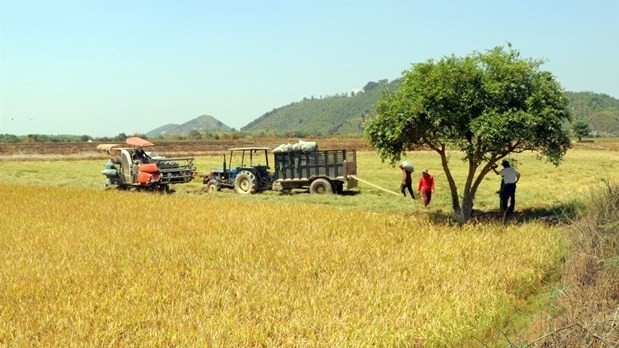Recently, there was scattered light rain in region, but the water level stored in reservoirs is insufficient, so drought is still affecting crops.
In Dak Lak province, at a time, nearly 9,000 hectares of crops were affected by drought. In Ea Kar district, in previous years, 63 reservoirs would assure the irrigation of more than 9,000 hectares of crops, however this year, prolonged hot weather has caused rivers in Krong Pac and Krong H'nong to run low on water, causing 5,456 hectares to suffer from drought.
In Gia Lai province, the 2019-2020 winter-spring crop across the whole province saw 1,758 hectares of crops damaged by drought, including more than 1,523 hectares of rice and nearly 177 hectares of vegetables. Meanwhile, in Dak Nong, water shortage in many irrigation works also affected 735 hectares of crops in Dak Mil and Cu Jut districts.
The Central Highlands region is a key industrial crop production area of the country with about 627,000 hectares of coffee, 85,000 hectares of pepper, nearly 70,000 hectares of cashew trees and nearly 74,000 hectares of fruit trees. To combat drought for crops, localities need to install field pumping stations in reservoirs that are already below the dead water level to pump out water for crops, with priority given to perennial crops.
In the long term, it is also necessary to plan irrigation works to ensure water sources for agricultural production areas. People in drought-prone areas need to switch crops soon and give priority to drought tolerant crops. Besides this, people also need to change production thinking, and promote the use of economical irrigation technology to use water in an appropriate manner.
In fact, the application of an economical irrigation model has been implemented on hundreds of thousands of hectares of crops nationwide. The application of economical irrigation techniques not only helps people improve productivity, crop quality, and improve incomes, but also contributes significantly to creating sustainability in production and coping with climate change.
















